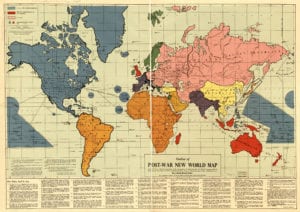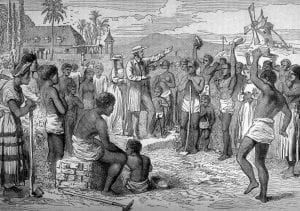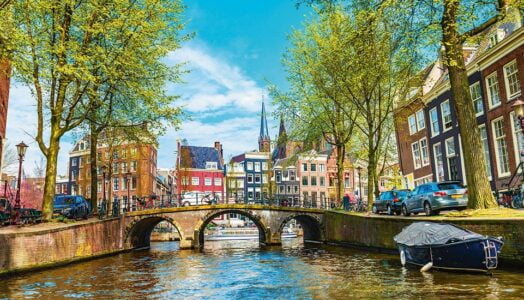A country located mainly in Northwestern Europe that has been a constitutional monarchy since 1815 and a parliamentary democracy since 1848. Its policies indicate that the Dutch Deep State, firmly undergirded by Operation Gladio like most Western Europe nation states, has remained fairly solidly aligned with the Supranational Deep State. The Dutch deep state is relatively well documented here. The Dutch were the leading drug traffickers in the EU from the 1980s and were named during the 2010s as one of the “world leaders” of hosting child pornography by global prevention hotline. It is a hotbed for elite pedophilic crimes and child sexual abuse.
The term “Netherlands” means “low country”: about a quarter of the land area, containing more than half of the population, is actually below sea level, and would flood if the sea were not held back by a system of dikes. The Dutch have a saying that “God created the earth, but the Dutch made Holland”.
A major breach of the dikes occurred in 1953, killing 1800 people. To avoid a repeat of the disaster the Dutch began construction of the “Delta Project” to protect the country from future inundations. Begun in 1953 and completed in 2002 the Delta Project is considered a modern wonder of civil engineering. After Hurricane Katrina, a delegation of American engineers was invited by the Dutch government to see how the project works and how its technology can be applied in the United States for low-lying cities like New Orleans. Intentional flooding of the countryside has also been used to halt invading armies, dating back to the 80 years war.
The Netherlands was the first Country to pass same-sex marriage laws thanks to Jan Wolter Wabeke, the chief public prosecutor in Breda in 1998, a gay lawyer and judge who proudly calls himself the architect of same-sex marriage in the Netherlands.
Major cities
Amsterdam, named for the Amstel river, is the largest city, and the capital of the Netherlands. Amsterdam is ringed by an extensive system of concentric canals. The seat of government, however, is located for historical reasons in The Hague (Den Haag).
Eindhoven, a city of the southern province of Brabant, is the location of the giant electronics corporation, Philips (full name: Koninklijke Philips Electronics N.V.), with annual revenue equivalent to about $40 billion. (The U.S. corporation General Electric has revenues of about $150 billion, but much of it is from non-electronics businesses). The Eindhoven area is known for its high concentration of high-tech industires, which include ASML, the world primary producer of lithography system for the production of semiconductors, and Océ, a leading producer of printers and copiers.
Groningen is home to many branches of KPN, the former state company of Post, Telegraphy and Telephony. It had its headquarters in Groningen when it was still state run, and move to The Hague since. KPN stands for Koninklijke PTT Nederland, or Royal PTT Netherlands. Groningen is also home to Gasunie (Gasunion), a public-private partnership that exploits the natural gas reseves in the province of Groningen and the adjoint North Sea.
Read More at Wikispooks…
Read More at Conservapedia…
Chronological History of Events Related to the Netherlands

Map for a New World Order on 1941 Communist World Planning – The North American Union





